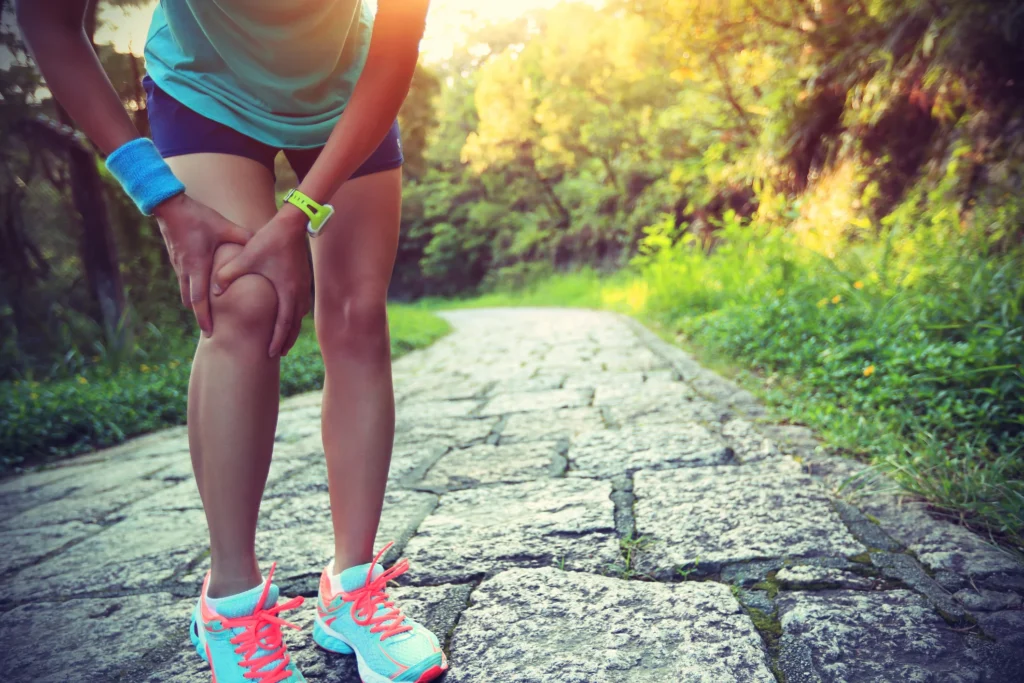Sports Injuries

What are Sports Injuries?
Competitive and non-competitive sports injuries are injuries that occur in athletic activities or whilst exercising. Whilst some of these happen by chance, others are facilitated by inadequate practice or poor execution in terms of technique, as well as by not using sports equipment correctly.
Sports injuries mainly consist of muscle injuries or joint and ligament injuries, such as:
- Dislocations
- Muscle injuries (sprains, pulled muscle, cramps)
- Back injuries
- Bone fractures
- Tendon injuries
Prognosis
The outlook of a sports injury greatly depends on what caused it and its severity. Imaging studies can rule out structural injuries and help to assess the severity of the injury itself.
Furthermore, based on the results, the specialist can estimate how long it will take for you to recover and get back to sports, as well as your risk of getting injured again.
What are the symptoms?
The symptoms of a sports injury depend on how big and how severe the injury is. They usually include:
- Immediate onset of pain
- Stiffness of the affected muscle
- Swelling
- Bruising
- Increased sensitivity of the affected area
- A feeling of heat emanating from the affected area
- Decrease in range of motion
How are they diagnosed?
Sports injuries, especially muscular ones, can be diagnosed with a physical examination.
The following tests may be prescribed to get further insight on where the injury is and how severe it is:
- X-ray scan
- Computerised tomography (CT) scan
- Magnetic resonance
- Imaging (MRI) scan
- Ultrasound
- Bone density scans
What causes sports injuries?
As an example, the main risk factors for a football injury are:
- Muscle fatigue
- Age
- Cold or wet weather
- Poorly maintained training field
- Quicker execution and overall rhythm of the game
- A different or new training technique
Additionally:
- Stumbling upon another player
- Playing too fast or too slowly, without having warmed up adequately
- Inadequate training program
- Poor execution of a movement
- Eating an unhealthy diet
not resting enough
How can sports injuries be prevented?
The main preventive measures include:
- Ensuring you warm-up adequately
- Eating a healthy diet
- Staying hydrated
- Using proper equipment
wearing adequate sportswear and shoes
How are sports injuries treated?
Treatment largely depends on how severe the injury is.
It usually consists of:
- Physical therapy
- Surgery
- Applying ice packs
- Taking painkillers or anti-inflammatory medications
- Bed rest
Which doctor should I talk to?
You should see a specialist in sports medicine, but you may also be treated by physiotherapists and orthopaedic surgeons, depending on your treatment plan and injury.